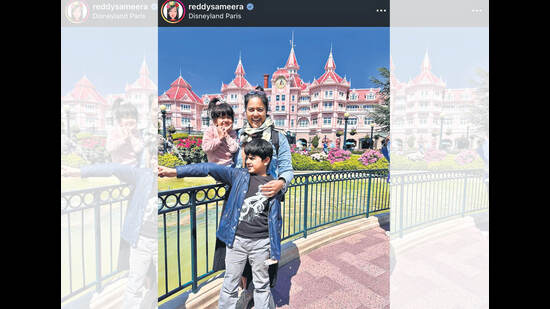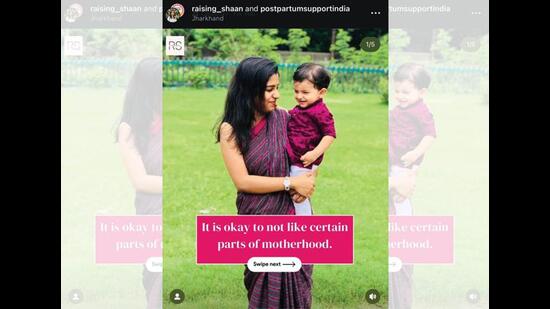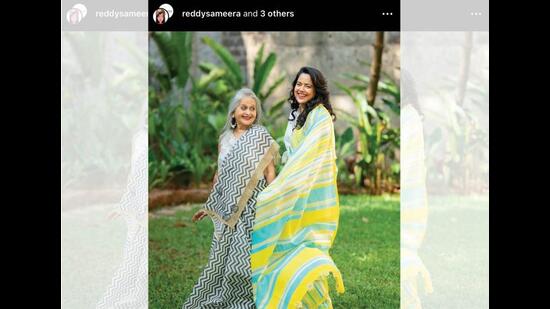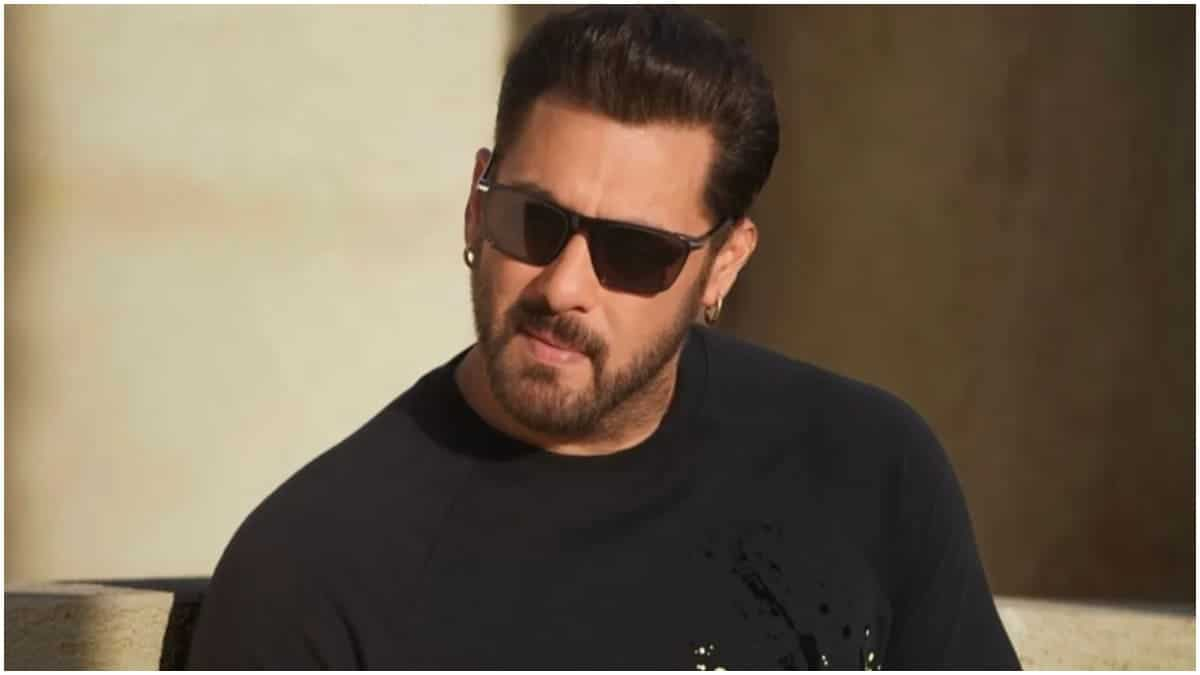
Mum, dad, camera, me: How influencers are changing their privacy settings
8 months ago | 93 Views
We started off solo. In quiet bedrooms the world over, people faced their webcams by themselves, sharing gaming advice, beauty tips, school-bullying experiences. One by one, other members of the family popped into the frame. Ageing-but-wrinkle-free moms offered proof that sunscreen works. Gamers tried out the new GTA with the kids, commenting on consoles and competition. Babies in parenting videos grew up as we watched.
Slowly, the lines between what’s public and what’s private started to blur. In the West, content creators such as Annalee Grace (@Annalee15) and Maia Knight (@MaiaKnight) are no longer showcasing their children online, citing concerns over privacy, exploitation, and the long-term impact on their kids’ lives. Others are limiting their extended family to cameos. In the American state of Illinois, a new law requires adults to pay children under the age of 16 if those minors appear in at least 30% of their social media content over a 30-day period. Those funds must be placed into a trust, which the minor can access at the age of 18. In India, Sameera Reddy, Stuti Agarwal, Ragendu KR and Shreya Mitra all post about family life. Here’s what they now do differently too.

Early missteps
Jamshedpur resident Shreya Mitra, 32, opened up about her battle with postpartum depression on Instagram (@Raising_Shaan), 21 months after becoming a mom in 2016. Her candid videos have helped followers, many of them new mothers, examine and share their own experiences. But alongside, Mitra would also post shots of her son, Shaan, capturing his chubby cheeks and sparkling eyes. Audiences seemed to love it. She continued.
It’s only as Shaan grew older that Mitra noticed a shift. “He couldn’t voice it at age two, but at five, he was clear about what he wanted,” Mitra says. He wanted attention. When she posted a video of him skating, friends praised his skills. It made him seek more validation from people. She gradually dialled back his presence on social media.
“Shaan knows that I have an Instagram account, and I only post videos and pictures of him with his consent,” she says. “I have turned down several well-paid brand offers because he wasn’t interested in participating.

Border control
Attention is a thrill. And all thrills can get addictive. Bangaluru-based Ragendu KR, 31, is mother to young boys, Saket and Adit, posts about parenting and used to respond to every message on her Instagram page (@ParentingTrail), even at odd hours. Followers would want to know a child’s weight, height and other details. Often, it felt like she was giving away too much information, and too much of her time, to strangers.
By 2023, it started affecting her offline life. “Someone wanted to know the name of my child’s school,” she recalls. “It sent a chill down my spine. What if someone showed up on campus?” others asked where Ragendu works and lives. “I wasn’t able to sleep peacefully thinking of all the What Ifs,” she says.
She was proud of the loving community she’d built. But it was time to set boundaries. her first move: To stop posting according to a schedule. Sharing one’s life needn’t be clockwork, it should feel spontaneous and joyous. She also didn’t want her content to be bound by what audiences expected – a tip, a hack, the occasional cute-kiddo clip. “My purpose is not to make money from videos, so I don’t feel the pressure or curate my content based on the algorithm,” she says.
She also makes sure her sons don’t feel like wind-up toys, compelled to perform for an audience. “I use the front camera and position it beside the mirror,” she says. “All the videos of my sons and me singing rhymes and engaging in other activities are recorded while we look at the mirror instead of the mobile screen.”

Extension cords
In Goa, Sameera Reddy, 45, has been sharing glimpses of daily life on Instagram (@ReddySameera) with her family since the early days of the pandemic. Some clips feature her five-year-old daughter, Nyra, dancing alongside her; in another, there’s banter with her mother-in-law Manjri Varde; one Reels shows her nine-year-old son, Hans, styling his sister’s hair.
It turned a difficult time into a creative one, she says. “Creating joyful Instagram videos with my kids and mother-in-law became a precious escape and a source of positivity for us as well as our followers.” But she quickly realised that what brought them fame, is the very thing that needs to be protected.
So, when brands come calling, asking for the whole family to be featured, Reddy doesn’t immediately sign on. “If my son doesn’t want to do it, we simply don’t,” she says. The kids feature in the videos only occasionally. “That said, Hans has embodied my love for editing and content creation,” Reddy says “He loves being on a film set and enjoys learning his lines, facing the camera which is a confidence-building exercise. He says he wants to become a director!”

Delayed gratification
Stuti Agarwal, 36, a lactation counsellor from Mumbai, posts parenting-related content from her home in Mumbai on Instagram (@MombaeBlogger). She started her Instagram page in 2019, after the birth of her second child, Aarna Bagaria, and says she was mindful about the family’s privacy from the start. “I never reveal personal details such as the name of our residential society or my children’s school,” she says. And, like most content creators, she tends to delay posts rather that publish them in real time, so there’s no chance of being stalked.
She’s also found an unusual way to keep a private moment private, even when she’s sharing it with the world: “I do not record my child’s emotions such as crying or anger in real-time. Instead, I later ask them to give a sad expression for a photo and then narrate the incident on my page. I never record during an actual meltdown.”
Read Also: bring a book, read with a gang. can this novel method revive an old hobby





















